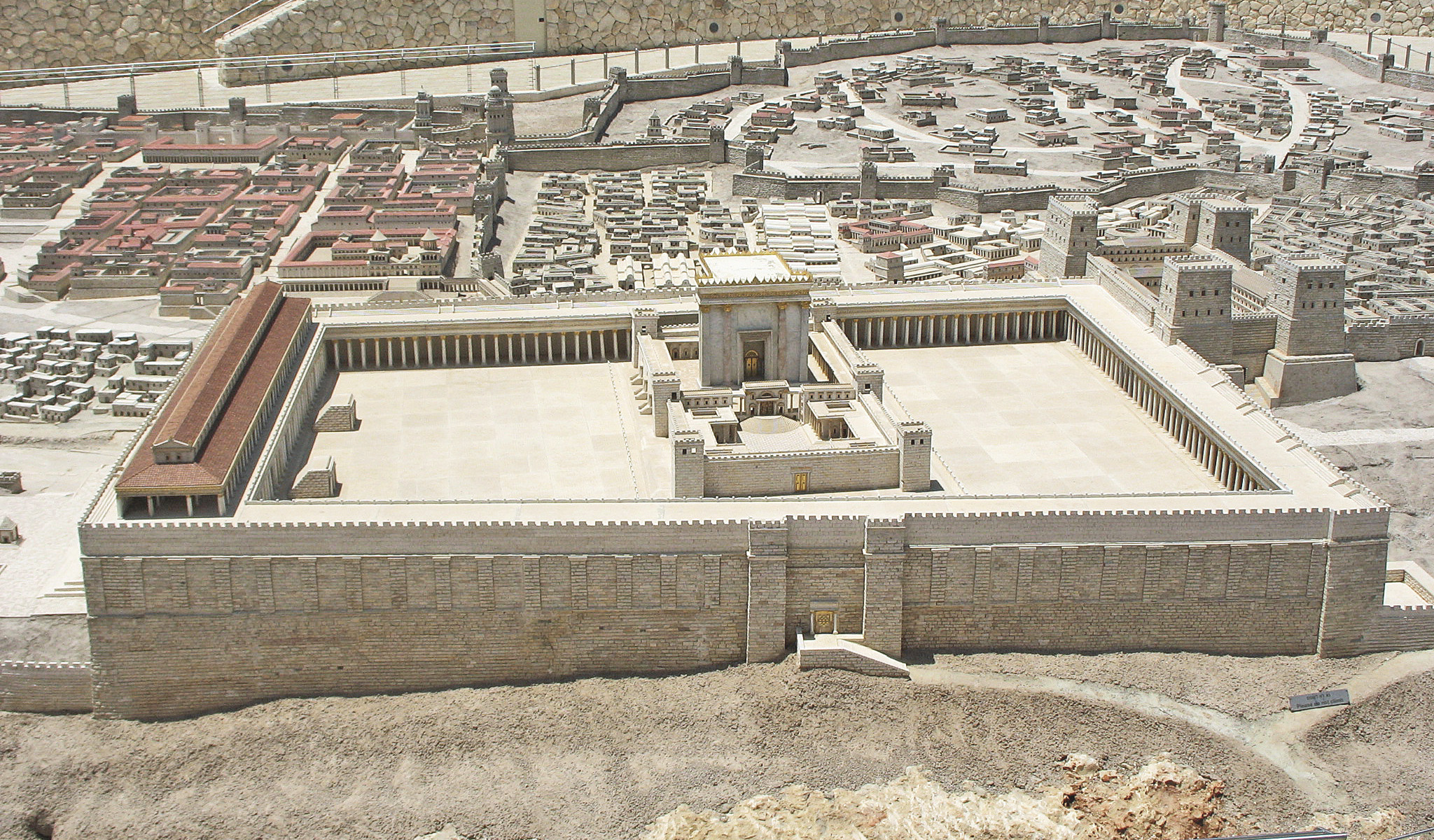Blog
“The Visual Setting of the Gospels”
Categories: Bulletin Articles, M. W. Bassford
Compared to practically any other historical account in my experience, the Scriptures generally and the gospels in particular are very terse. The Evangelists write as though the Holy Spirit were charging them by the word. They condense stories to a few paragraphs and character sketches to a few words.
Even though these words are extraordinarily elegant and well chosen, at times they leave gaps in our understanding, especially when it comes to elements that readers 2000 years ago would have understood without further explanation. Just as we can refer to the Statue of Liberty or the White House without having to explain those structures in great detail to an American audience, the gospel writers assume familiarity with the landmarks of first-century Jerusalem. Unless we make an effort to include geographical understanding in the way we read the gospels, sometimes we’re going to miss the point.
In this week’s Bible reading, there are (at least) two places in which a grasp of Bible geography helps us to take hold of Jesus’ meaning. The first occurs during the story of the barren fig tree in Matthew 21:19-22. This text is often misappropriated by the name-it-and-claim-it folks who seize upon the message of v. 22 and insist that we are guaranteed to get everything we pray for, provided we pray in faith.
However, this interpretation fails to recognize several things. First, Jesus isn’t randomly venting His spleen on a poor unoffending fig tree. Instead, He is acting out the conclusion to the parable of Luke 13:6-9, a parable told against God’s unproductive people. In destroying the actual fig tree rather than giving it one more year as in the parable, He is announcing that time is up and the Jewish nation is going to be destroyed.
In this context, the discussion of “this mountain” in Matthew 21:21 takes on a whole new light. Jerusalem, after all, is built on a mountain. As Jesus and His disciples were leaving the city, its prominence, especially the prominence of the Temple Mount, would have been obvious. Jesus, then, isn’t telling His apostles that they will have the power to rearrange random topographical features. Instead, He is revealing that they will participate in the overthrow of the Jewish religious aristocracy that controlled the Temple Mount, and if they prayed, God would give them the help they needed.
A similar analysis applies to the parable of the vineyard in Matthew 21:33-46. Once again, Jesus’ words are referential, this time to the song of the vineyard in Isaiah 5:1-7. In Jesus’ repurposing, though, the problem isn’t unproductive soil, as in Isaiah. Instead, it is those who are controlling the vineyard and misappropriating its fruits.
The way Jesus opens the parable leaves no doubt about the identity of the guilty parties. To us, the details about the wall, tower, and winepress seem insignificant. However, Jesus is relating this parable inside the courts of the Temple, so that the wall becomes the wall of the temple, the tower becomes the Temple, and the winepress, the purification basin in the courtyard. It is easy to imagine the Lord gesturing to these features as He speaks! Once again, an understanding of geography makes His meaning clear, and it is certainly true that at the time, His enemies did not miss it.





